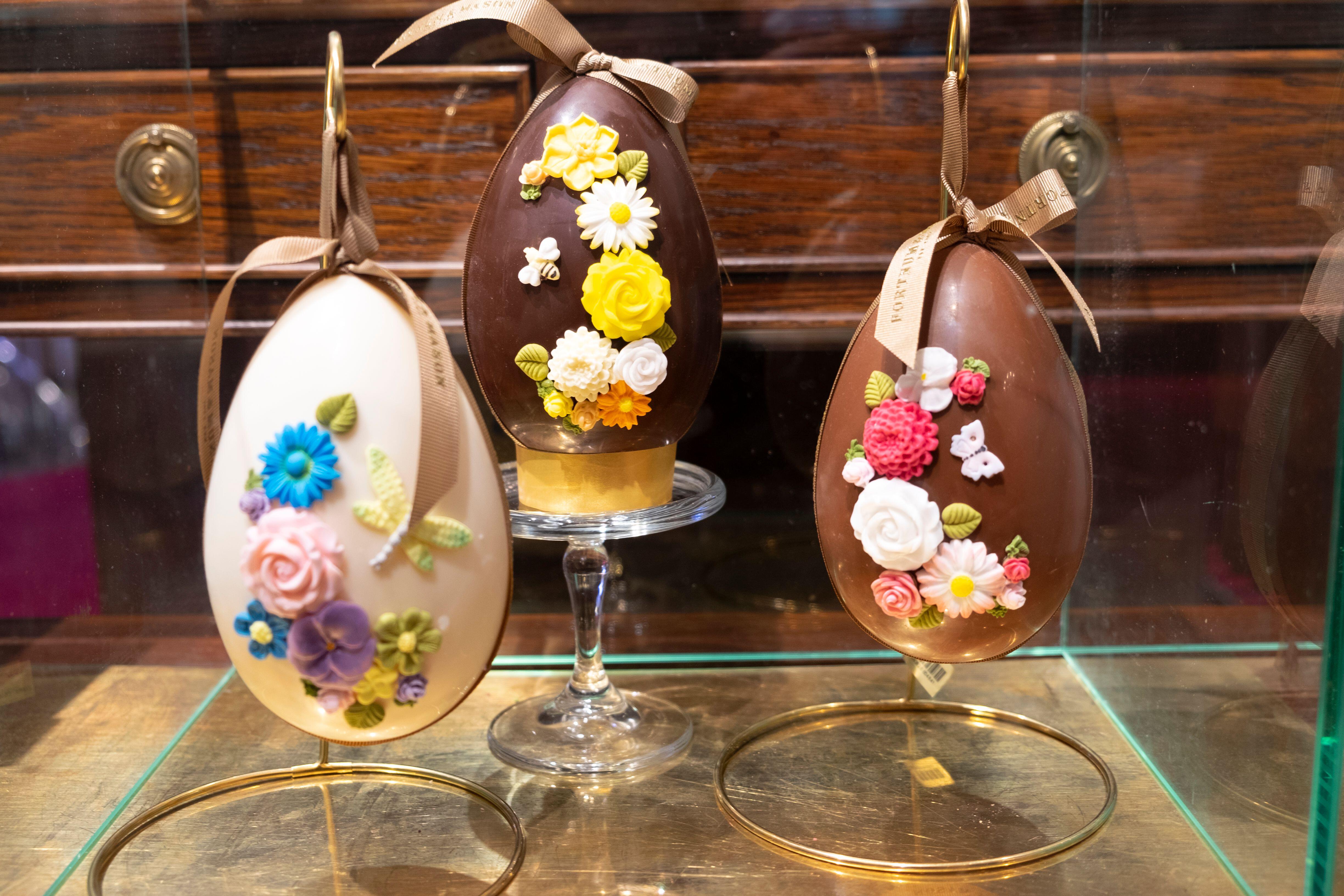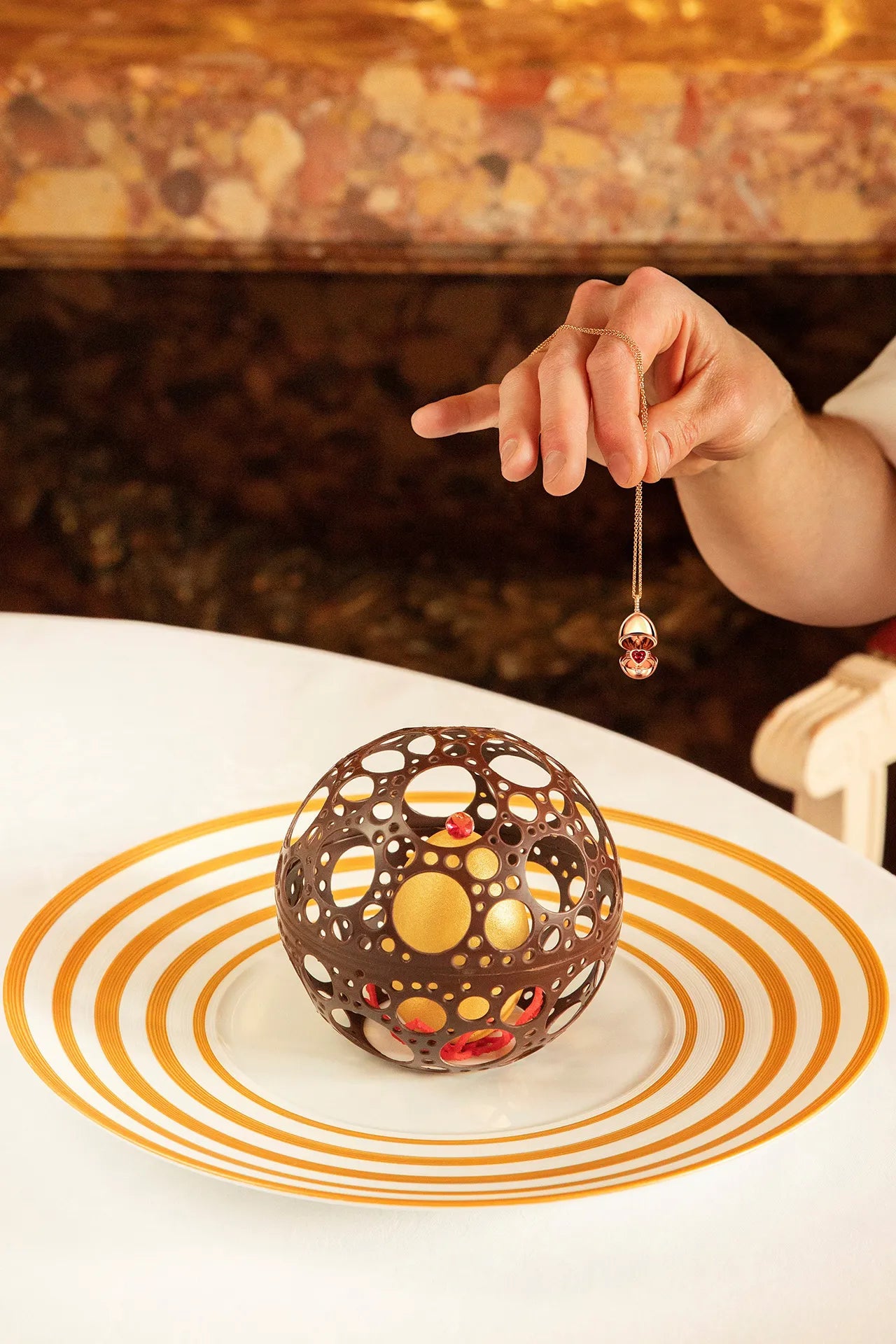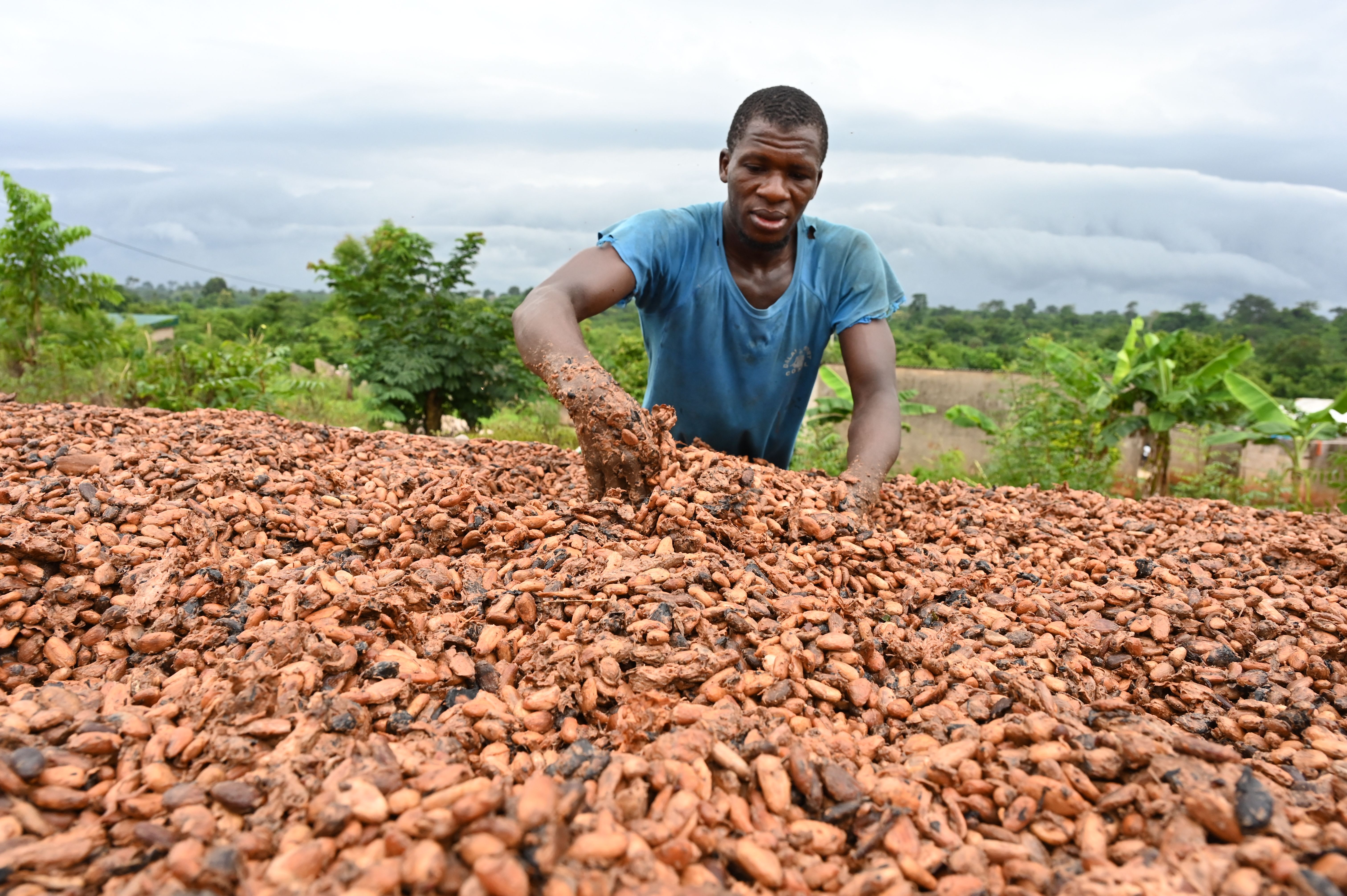If you spent £100 on an Easter egg what would you get for your money?
Luxury eggs at expensive prices are one thing, but could they be better value than a supermarket bought egg? Hannah Twiggs looks at the soaring costs of Easter treats this week and unpicks the truth about what you are really getting for your money


When a Fabergé-designed Easter egg from The Ritz seems better value for money than the bog-standard Maltesers offering from the supermarket, you know something has gone horribly, horribly wrong in the world.
The gift of giving chocolate eggs at Easter – one of the last religious traditions atheists have claimed and rebranded – is odd. And the world of luxury Easter eggs is downright bizarre.
There are the repeat offenders. At Fortnum & Mason this year, £50 will get you a mere 227g dark chocolate egg, decorated with sugar flowers and filled with mini Easter paraphernalia-shaped dark chocolates. (For context, a 200g dark chocolate bar costs £1.30 at Tesco.) Fortnums are also selling real hen eggs (£1.85 at Tesco), hollowed, painted gold and filled with praline milk chocolate for £30.
Harrods’ chocolatiers have filled six milk and dark chocolate eggs with obscure-sounding things like Piedmont hazelnut gianduja mousse for £40. Selfridges’ Venchi Chocoviar Stracciatella easter egg, with a white chocolate shell and crunchy “choco-caviar” inner layer (because how else do you celebrate the resurrection of Christ than with fish eggs made of chocolate?), will set you back £52.99.
Even at the mid-level, a luxury egg will cost you as much as a Ryanair flight to the Algarve. Hotel Chocolat’s Ostrich Easter Egg, one half packed with cookies, the other with feuilletine flakes, plus a treat box filled with pralines, caramel truffles and golden eggs, is £85. Even Lindt is doing a £65 1kg version of their golden bunny, which is decidedly better value than their ultra-mini 10g version, which comes in at £7.50 per 100g. According to one report, it’s the most expensive Easter treat on supermarket shelves pound for pound.
There are relative newcomers cashing in on the trend, and more-money-than-sense consumers, too. For nearly £100, Kent-based chocolate cafe Cocoba is offering a whopping 4kg Belgian milk chocolate egg. It’s 51cm tall. That’s more than two human heads stacked on top of each other. Daylesford’s 1kg Hive Showstopper egg is £80, but at least you can feel gratuitously smug about that one as it’s dedicated to our long-surviving bees.
If this seems vulgar or surprising in a cost of living crisis, it shouldn’t. Research published by the BBC in January showed that the “lipstick effect”, when consumers still spend money on “affordable luxuries” during economic downturns as a pick-me-up, has been rife since the cost of living crisis started in 2021.

This has seen retailers offering more and more “little luxuries”. Just look at the Cracking Pistachio from Waitrose, a white chocolate and caramelised sugar number to the tune of £14 that’s been doing the rounds on the foodie side of TikTok.
What should seem tasteless is how the luxury egg trend is infiltrating the high street. It seems even the Easter bunny can’t hop faster than surging inflation. Those who have given up chocolate for lent are in for a nasty surprise.
Figures published by Which? last week show that chocolate now costs 12.6 per cent more than last year – a much steeper rise than the average 5.6 per cent inflation across all food items.
For Easter, that looks like this: Maltesers’ egg costs 62.5 per cent more than in 2023. The offerings from Lindt, Ferrero Rocher, Kinder, Terry’s and Thorntons are all up 50 per cent. You’re also getting less bang for your buck – or dough for your doe. Mars’ large easter egg is 201g this year, down more than 20 per cent from last year’s 252g. Smarties is down 16 per cent, Terry’s 13 per cent, Twix 18 per cent. The list goes on.
The reason – as ever – is the climate crisis. Almost all cocoa globally (99.9 per cent) is grown in countries that are the most vulnerable and least well prepared to cope with ever more extreme weather conditions.
Heavy rains in December (more than double the 30-year average) followed by extreme droughts in the world’s largest cocoa-exporting countries, the Ivory Coast and Ghana, have forced the price of cocoa beans up to a record £6,500 per tonne (the last record was in 1977). From these countries, 58 million kilograms are exported to the UK every year, with 85 per cent of the UK’s cocoa beans coming from the Ivory Coast alone.

While higher prices for lower productivity might seem like a boon for farmers, it simply perpetuates the income insecurity that traps them in poverty and threatens the future of the crop.
Wealthier countries like the UK are in a position to offer support, stabilise prices and create long-term contracts, but until they do, and without the certainty that the crop will bounce back, prices will only go up this side of the Strait of Gibraltar. It’s not like they ever go down, anyway.
Food inflation has been steadily decreasing since the high of 17.2 per cent in March, but own-label, budget-range groceries are still rising by 16.7 per cent – far more than premium brands like Fortnum & Mason and Harrods, which, while reliably extortionate, are at least relatively steady. Perhaps an £80 egg is a bargain after all?

In January, Cadbury was the first to come clean that it was raising its prices. In response to a post on X/Twitter that said, “Having to take out a loan to buy a bag of Mini Eggs wtf are these prices”, the confectionary giant said making changes to the price of their products is always a last resort, a platitude echoed by other manufacturers like Nestle, Mars and Waitrose.
However, “costs across our supply chain have risen steeply. Core ingredients we heavily rely on, like cocoa and sugar, are a lot more expensive, while the cost of energy, packaging and transport also remain high.”
In other words, shrinkflation is the only solution to the problem of rising costs and changing climates. Of course, it isn’t. The most glaring alternative is for the first-world brands that claim to be most heavily affected by climate change in second-world countries to actually do something about it. This Easter, that couldn’t be more obvious. The stats are enough to rot your brain, long before the chocolate rots your teeth.






Join our commenting forum
Join thought-provoking conversations, follow other Independent readers and see their replies
Comments